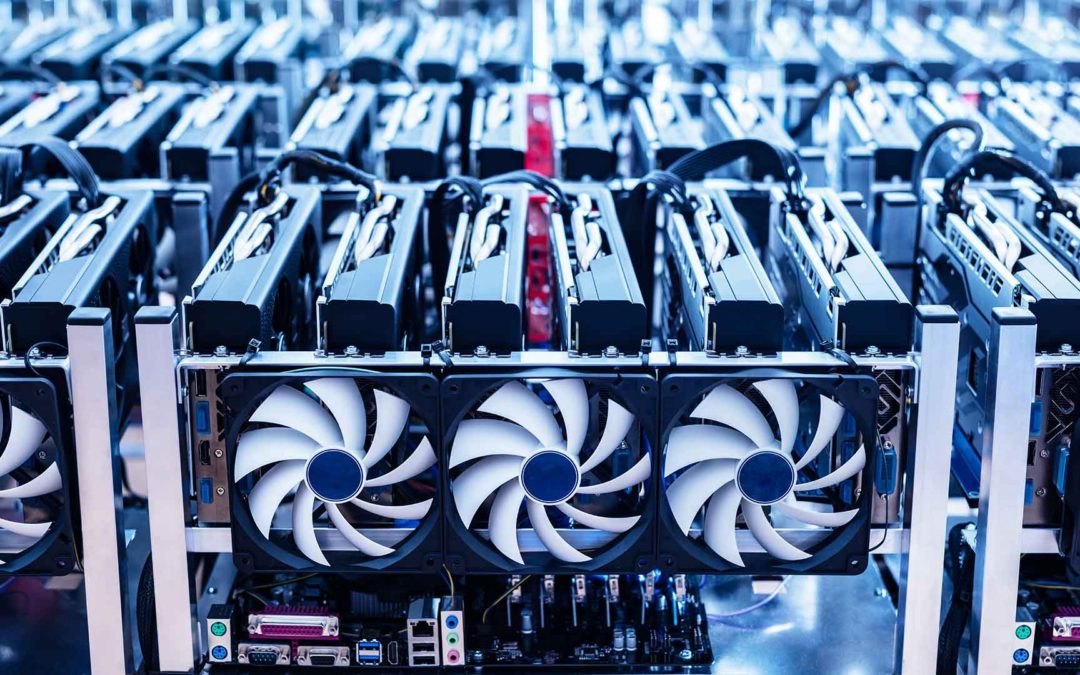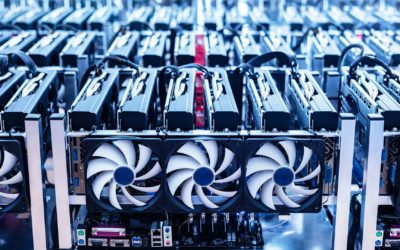
THE GREEK GODS OF ENERGY, SUN, AND EARTH HAVE RELEVANCE IN TODAY’S NEED TO REDUCE OUR CARBON FOOTPRINT. CIVILIZATIONS HAVE BEEN DEIFYING THE SUN AND THE EARTH FOR THOUSANDS OF YEARS, BUT WHAT CAN WE LEARN FROM THEM?
WHAT IF THROUGH SOMETHING CALLED BIOMIMETIC DESIGN, WE COULD CREATE INNOVATIONS INSPIRED BY NATURE THAT CAN REDUCE CLIMATE CHANGE PROBLEMS?
We are now realizing that carbon emissions and climate change is impacting our lives and our future. Oftentimes people feel helpless and unsure of what they can do to try and reduce their carbon footprint. By understanding how plants use the light from the sun for energy and growth we have created solar panels to absorb the sun and generate electricity without any carbon-based fuel. In fact, solar energy has become a huge component of our battle against climate change, but unfortunately as a condo owner, you have not ben able to join the fight because you don’t have your own roof. The Department of Energy estimates that 75% of people can’t participate in solar solutions, because they live in multifamily buildings or their home is in shade or faces the wrong direction, and of course don’t forget the high cost of installing solar panels. The game has now changed with the entre of Community Solar Gardens. The Illinois Legislature has passed a law creating “Community Solar” so residents can subscribe to a solar garden within their utility territory (ComEd or Ameren) and receive electricity credits on their ComEd or Ameren electric bill with savings of 10 to 20%. There is no investment, no roof is required, and subscribers can leave the program at any time. This law helps support the growth of solar projects, reduces our carbon footprint, and subscribers receive a discounted cost for their electricity.
With this brand-new legislation, homeowners and renters can now participate in community solar programs even if they are with an alternative supplier. They still receive a credit for the solar participation on their ComEd or Ameren bill.
DID YOU REALIZE THE EARTH IS BASICALLY A LARGE THERMAL STORAGE BATTERY?
Sunshine hits the earth, which then heats the ground up to approximately 5 feet below surface, and the ground releases that heat at night. The innovators were inspired by how the earth stores energy and releases it when the sun is no longer there providing the heat. Known as “thermal storage,” it has been used in buildings for heating and cooling for centuries from adobe homes in the southwest, or brick floors in a greenhouse to absorb the heat during the day and release the heat at nighttime. But when it comes to carbon reduction, it is air conditioning that is the big energy user. Power generation and transmission is strained during peak energy times on those hot summer afternoons. This needs to be controlled in order to reduce carbon emissions. Biomimetics are again the model solution for our buildings.
Imagine if you could use your building’s thermal mass to store cooling BTUs in order to be released during the hot summer afternoons, instead of running chillers during peak times? With a patented thermal storage algorithm, the chillers provide extra cooling to reduce the temperature in the common areas storing the extra cooling BTUs within the building’s thermal mass – like cement, iron, floors and walls, which is released over time maintaining temperatures with savings up to 30% energy costs. Your building’s electric profile for energy pricing will improve because you are reducing your Capacity Peak Load Contribution and moving peak electric usage to off peak usage that results in lower pricing for electricity. The Capacity Peak Load Contribution can contribute up to 25% of your cost per kWh, so the building’s electric pricing will be substantially reduced. Your building lowers energy costs, consumption is reduced, there are peak demand delivery charge savings, and carbon dioxide emissions are reduced, while maintaining temperatures within a couple of degrees of temperature settings. As the U.S. is trying to move to an all-electric environment from vehicles to buildings, the quality of the power used is becoming more important. The Department of Energy estimates that $35 billion is lost each year in early equipment failures and extra maintenance required for equipment like chillers, roof top units, air handlers, pumps and fans nationwide. Poor power quality is also estimated to cost businesses $38 billion annually in wasted energy from having a lower power factor and line loss (electricity that is unused at a property and is discharged into the ground).
Just as nature has natural systems to clean our air, water and earth, power optimization cleans the electricity coming into your building and recycles part of it to save energy: it is a combination of a smart controller, power quality technology, and capacitors that will reduce the amperage draw of every motor in the building, thus saving energy (volts x amps = watts) and allows the motors throughout the building to run cooler. Heat is the biggest factor (over time) that causes motors to fail. Typically, a building can save 8%, to as much as 15% on their electricity including demand charges. In addition, since demand charges will be reduced throughout the year, this means your Capacity Peak Load number will also be lowered, which gives you better pricing for your deregulated electricity.
BY LOOKING AT NATURE AND HOW IT MANAGES RESOURCES, WE CAN USE LESS ENERGY, SPEND LESS AND REDUCE OUR CARBON FOOTPRINT THANKS TO THE LESSONS OF NATURE!
By Fritz Kreiss, CEO, Onsite Utility Services Capital, LLC for COMMON INTEREST® • Spring 2022
You May Also Like …
OUSCapital.com enters a purchasing contract with TIPS to provide energy and water efficiency solutions to their members
Delavan, Wisconsin – Onsite Utility Services Capital enters into a cooperative purchasing contract with The Interlocal...
Immersion Cooling for Bit Coin Miners offers 30% CapEx reduction and up to 90% Energy Savings on HVAC
Delavan, Wisconsin – Onsite Utility Services Capital launches Immersion Cooling for Bit Coin Miners to reduce CapEx...
Refrigeration with Solar Thermal Energy Saves up to 50% Electricity and Carbon with Zero CapEx or Debt for Grocery Stores
Delavan, Wisconsin – Onsite Utility Services Capital launches Refrigeration Optimization-as-a-Service to capture...







